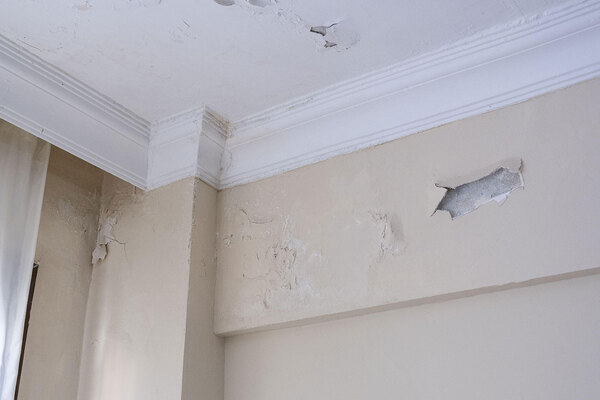You are viewing 1 of your 1 free articles
Scottish Housing Regulator launches consultation on new damp and mould performance indicators
The Scottish Housing Regulator (SHR) is seeking views on updating performance indicators around tenant safety, including how well landlords deal with damp and mould.

The move follows previous consulting on revising the SHR’s framework, during which it proposed amending the Annual Return on the Charter (ARC) indicators, via which all social landlords report their performance.
Landlords, tenants, representative bodies and others are now being asked to weigh in on a series of changes to the ARC measures.
These include introducing one new indicator to monitor long-term voids, two relating to electrical safety and fire detection, and three around damp and mould. The closing date for contributing is 8 November 2024.
The consultation also asks for feedback on ditching a number of ARC indicators that are not routinely used, including around numbers of tenancy offers refused, cost of adaptations completed, homelessness referrals and abandoned homes.
It additionally suggests amending some reporting around completed repairs, resolved anti-social behaviour cases and types of lettings.
The proposed new indicators relating to damp and mould cover the average length of time taken to resolve cases, the percentage of these that are subsequently reopened, and the number of open cases at a year-end.
The SHR acknowledged the complexity of the area and said it had carried out extensive research before consulting, including reviewing 19 social landlords’ websites to understand how they approach damp and mould complaints.
The SHR has also examined landlords’ policies, and materials provided to tenants, and had discussed issues with other relevant bodies including the English regulator.
As part of the new consultation, it invites contributors to offer their opinion on whether the proposed measures are clearly defined enough to be effective.
Michael Cameron, the SHR’s chief executive, said: “Our proposals reflect our discussions with various stakeholders, including the tenants we work with.
“It is important that the indicators we collect reflect what tenants consider to be important priorities for them,” he added.
“Thank you to everyone who has contributed to the discussions so far, including our discussions with tenants and other stakeholders who participated in the advisory groups we established to develop these proposals.”
The regulator said that following the consultation, the revised ARC indicators are expected to be finalised by January 2025, with the new package of measures collected from the start of the 2025-26 year.
At the start of August, the SHR recommended that social landlords involve tenants when assessing their compliance with the agency’s standards amid concerns over approaches to resident safety.
Sign up for our Scotland newsletter
Already have an account? Click here to manage your newsletters










